1. The “Idyllic Beaches” That Were Just Sand Dunes
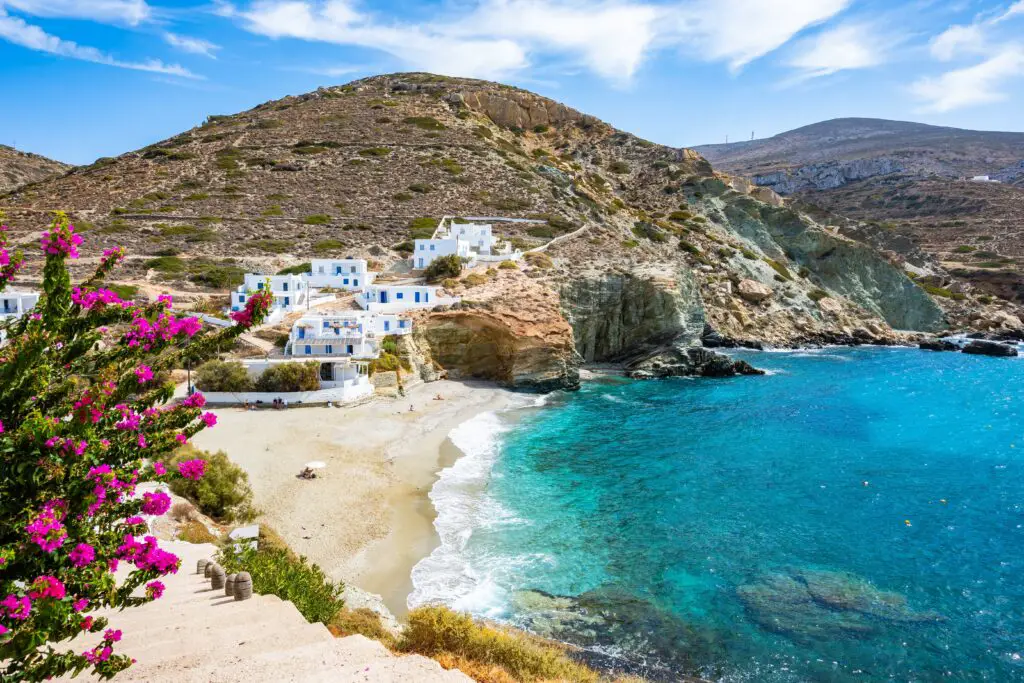
Travel ads in the ’50s and ’60s often depicted idyllic beaches with crystal-clear waters and empty stretches of sand, painting a picture of peacefulness and seclusion. The allure of the perfect, untouched beach was meant to lure travelers into booking their next tropical getaway. These ads promised tranquility, offering an escape from the hectic pace of daily life, but the reality was far different. In many cases, the beach locations were overcrowded and commercialized, with resorts that disrupted the natural landscape.
In truth, many of these so-called paradise destinations were overcrowded with tourists, and the beaches were lined with large, impersonal resorts. The waters weren’t always pristine either, and many of these once-beautiful beaches were suffering from pollution and overdevelopment. What was promised as a serene escape was often just a heavily commercialized destination that fell short of expectations. Instead of peaceful relaxation, travelers found themselves in the midst of busy, noisy resorts.
2. The “Charming Cottage” That Was Actually a Motel Room
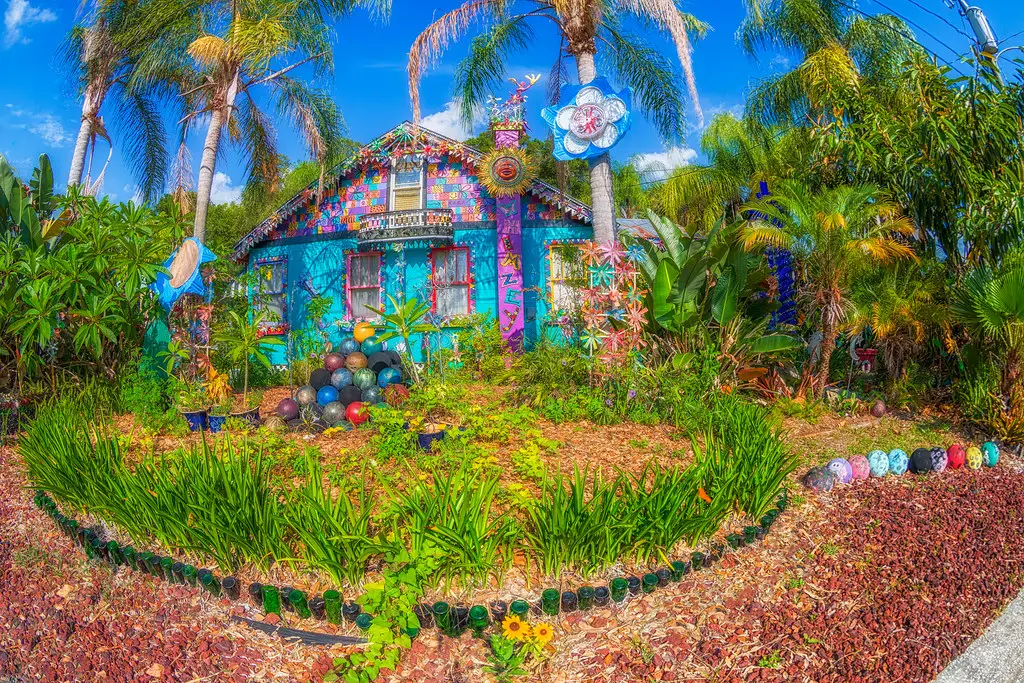
In the mid-20th century, travel ads often sold “charming cottages” nestled in serene countryside settings. These cottages were marketed as cozy hideaways perfect for a quiet retreat away from the noise and bustle of modern life. With picturesque photos of rustic charm and peaceful surroundings, it was easy to imagine a relaxing vacation in these tiny havens. Unfortunately, these ads painted an overly optimistic picture of rural tranquility that didn’t match reality.
The reality, however, was that these so-called cottages were often just basic motel rooms with thin walls and no more charm than the average roadside inn. Located just off highways or near busy tourist areas, the cottages lacked the quiet, intimate atmosphere depicted in the ads. Travelers who thought they were booking a romantic, rustic getaway were often met with the noise of passing cars and the lack of any true countryside tranquility. Instead of an escape into the peaceful countryside, they found themselves in a commercially focused, noisy area.
3. The “Exotic Safaris” That Were More Like Zoo Tours

In the ’70s and ’80s, safari tours were marketed as the ultimate adventure, promising close encounters with wildlife in their natural habitats. These ads featured exotic animals roaming freely across the African savannah, evoking a sense of wildness and danger. They sold the idea of an immersive, once-in-a-lifetime opportunity to witness nature at its most raw and untamed. Safari enthusiasts believed they were embarking on a wild and rugged adventure, but many were disappointed upon arrival.
What many didn’t know was that these safari tours turned out to be little more than visits to controlled environments where the wildlife was kept in enclosures or areas where the animals were easy to spot. Instead of an authentic, adrenaline-pumping adventure, travelers found themselves with staged photo opportunities or behind fences, watching animals from a safe distance. These “safaris” were less about venturing into the wild and more about visiting zoos with a touch of exotic flair, undermining the authentic wildlife experience many had been promised.
4. The “Luxurious Cruise” That Was Actually a Floating Prison

Cruise lines in the ’80s and ’90s marketed their ships as floating palaces, offering luxurious experiences that seemed too good to pass up. Ads portrayed gleaming ships with endless buffets, sophisticated dining rooms, and glamorous onboard entertainment. The promise was that guests would experience the height of luxury, pampered on every deck, with views of the open ocean and activities to fill every moment of their trip.
What many didn’t know was that these luxury cruises were often overcrowded, with long lines for meals, crowded pools, and barely enough space for everyone. The cabins, which looked spacious and plush in ads, were often cramped and outdated. The reality was a far cry from the glamour promised in the brochures, as passengers found themselves spending their days in overcrowded lounges, waiting in lines for every activity, and feeling confined to a small, impersonal space.
5. The “Authentic Local Culture” That Was Just a Tourist Trap

Travel ads in the ’60s and ’70s often promoted trips that promised authentic local experiences, claiming tourists would get to experience the culture as the locals did. The idea was that visitors could step into the heart of a different world, where they could enjoy the unique food, music, and customs of faraway lands. These ads presented a deep cultural immersion that would offer travelers more than just sightseeing—they promised an unforgettable, genuine experience.
However, the “authenticity” these ads sold was often nothing more than a staged performance. Most of the “local culture” presented to tourists was sanitized, commercialized, and meant only for show. Whether it was a “traditional” dance performance for tourists or “local” crafts sold at inflated prices, these experiences rarely represented the true way of life for the locals. In many cases, the local culture was transformed into a theme park version, designed to entertain rather than educate, leaving travelers disappointed by the lack of real connection to the destination.
6. The “Secluded Island” That Was Actually Overrun by Tourists

Ads for “secluded islands” in the ’60s and ’70s promised travelers an escape from the hustle and bustle of life on a private, untouched island. These ads depicted empty beaches, private villas, and an experience of solitude that seemed like the perfect antidote to everyday stress. Travelers were led to believe they were booking a trip to an exclusive, off-the-beaten-path paradise, far away from any crowds or modern distractions.
However, the reality was often quite different. What many thought were isolated, untouched islands were actually heavily commercialized and frequented by countless other tourists. Instead of quiet, private beaches, travelers found crowded resorts, noisy excursions, and a lack of the solitude that had been promised. The islands were often packed with people, and the so-called “exclusive” experience turned into just another crowded tourist destination, leaving visitors wishing they had gone somewhere truly remote.
7. The “Quiet Villages” That Were Actually Tourist Clusters
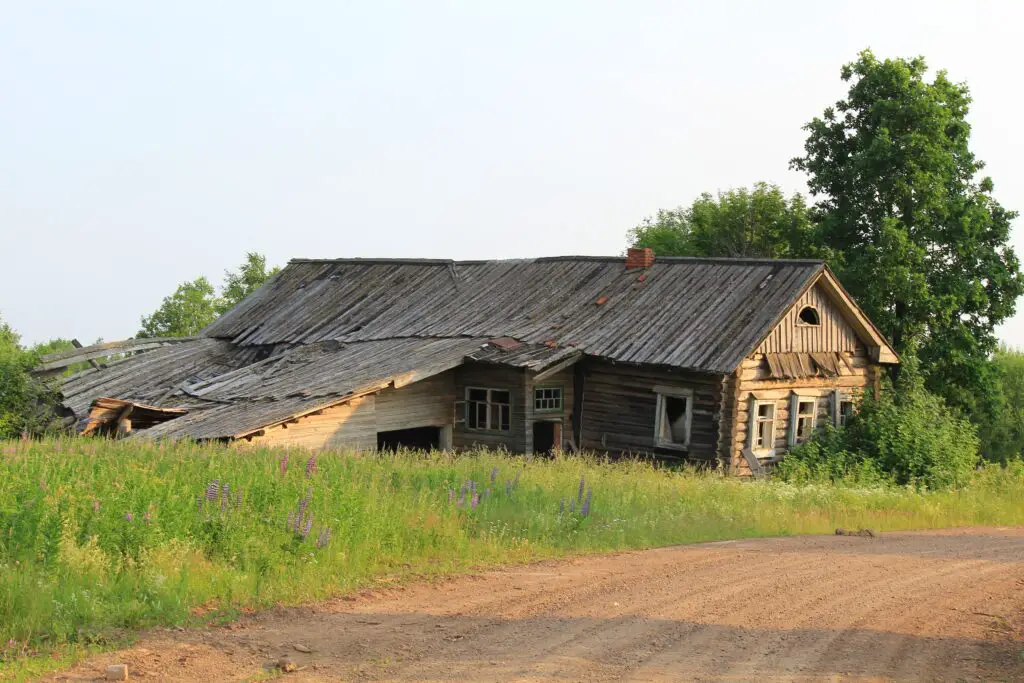
Many travel ads from the mid-20th century showcased “quiet villages” nestled in rolling hills or perched on cliffs, promising peaceful vacations in charming, rural settings. These idyllic depictions lured travelers in with visions of charming cobblestone streets, friendly locals, and slow-paced days. Ads implied that visitors would be welcomed into the heart of the village, living like locals for the duration of their stay.
However, these “quiet villages” were often overrun with tourists, and the reality was anything but tranquil. What was promised as a retreat into a simple, peaceful life turned out to be a bustling hotspot, where tourists flooded the streets, and local businesses catered almost exclusively to visitors. Instead of connecting with the true essence of village life, travelers often found themselves navigating overcrowded markets and struggling to find the peace and quiet they had envisioned, making the escape feel more like a tourist trap than a peaceful getaway.
8. The “Remote Hiking Trails” That Were Actually Well-Trodden Paths
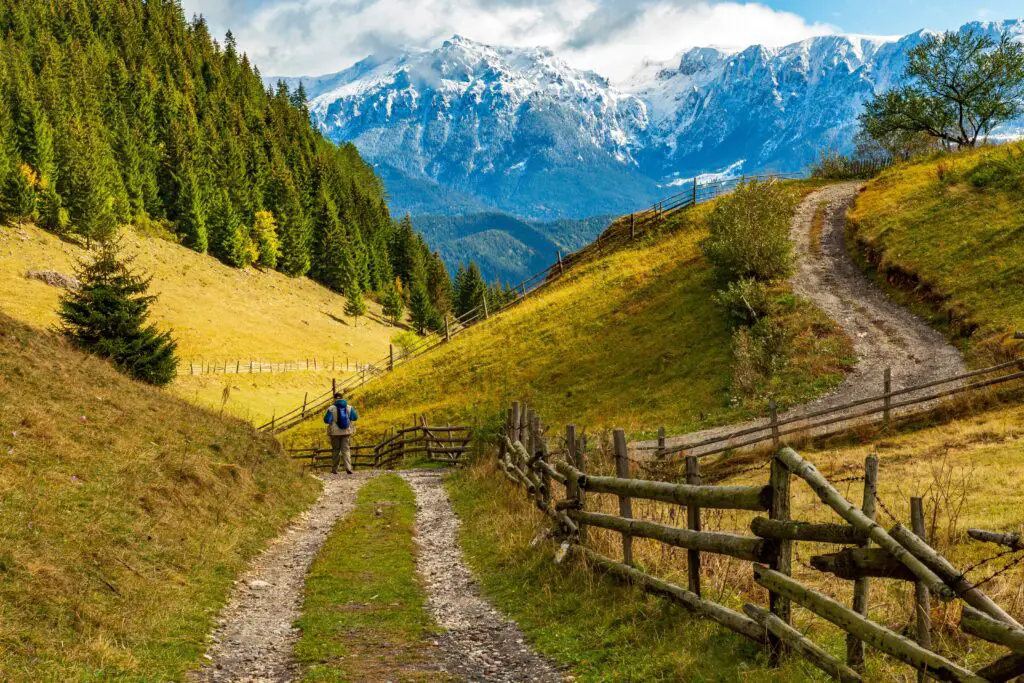
Travel ads in the ’80s and ’90s promised thrilling adventures on “remote” hiking trails, where intrepid travelers could explore untouched wilderness far from the crowds. The marketing material portrayed these trails as a chance to reconnect with nature in its purest form, offering the kind of isolation only the wildest locations could provide. The idea was that adventurers could leave civilization behind and embark on a journey that few had ever taken before.
The truth was often less glamorous. Many of these so-called “remote” trails were heavily trafficked, with well-worn paths that had been walked by tourists for decades. The promise of solitude in nature was replaced by the reality of encountering other hikers, park rangers, and crowded campsites. What was sold as an isolated adventure often turned out to be a popular tourist attraction with little wilderness left to explore, turning the experience into more of a social outing than a solitary retreat into nature.
9. The “European Chateau” That Was Actually a Budget Hotel
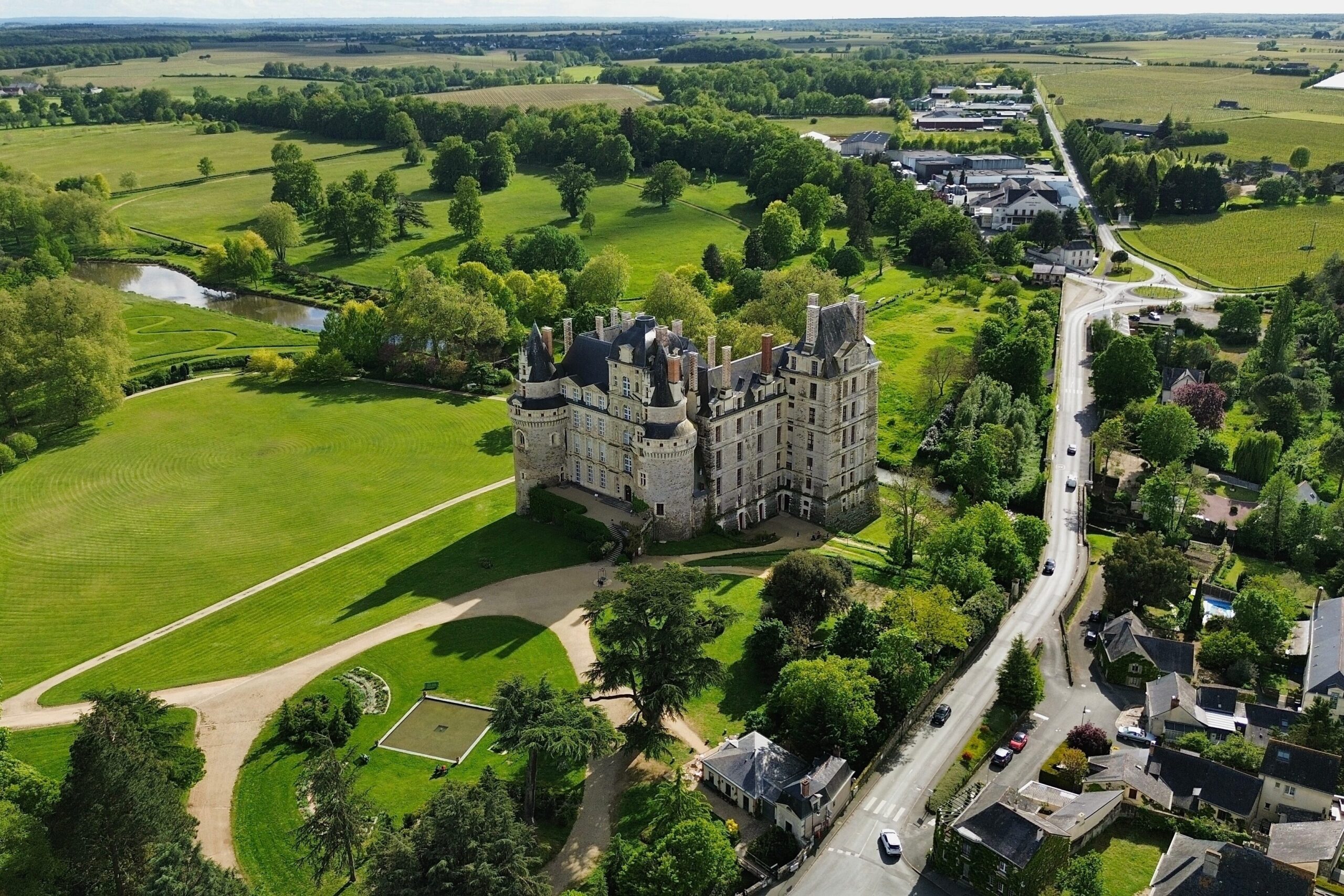
Europe was often marketed in the ’60s as a place to stay in magnificent chateaus, where travelers could live like royalty for a fraction of the price. Ads showed sprawling estates, grand staircases, and opulent decor, giving the impression that travelers would experience a life of luxury in historical settings. The idea was that anyone could book a night in a chateau without breaking the bank.
However, the reality was that many of these “chateaus” were simply budget hotels dressed up in fancy marketing materials. The estates were often outdated, poorly maintained, and located far from the romantic, historical areas depicted in the ads. Instead of regal experiences, travelers ended up with basic accommodations that were a far cry from the glamorous imagery presented in the brochures, making them feel misled by the lofty promises of luxury and grandeur.
10. The “Sunny Resort” That Was Actually a Crowded Tourist Hub
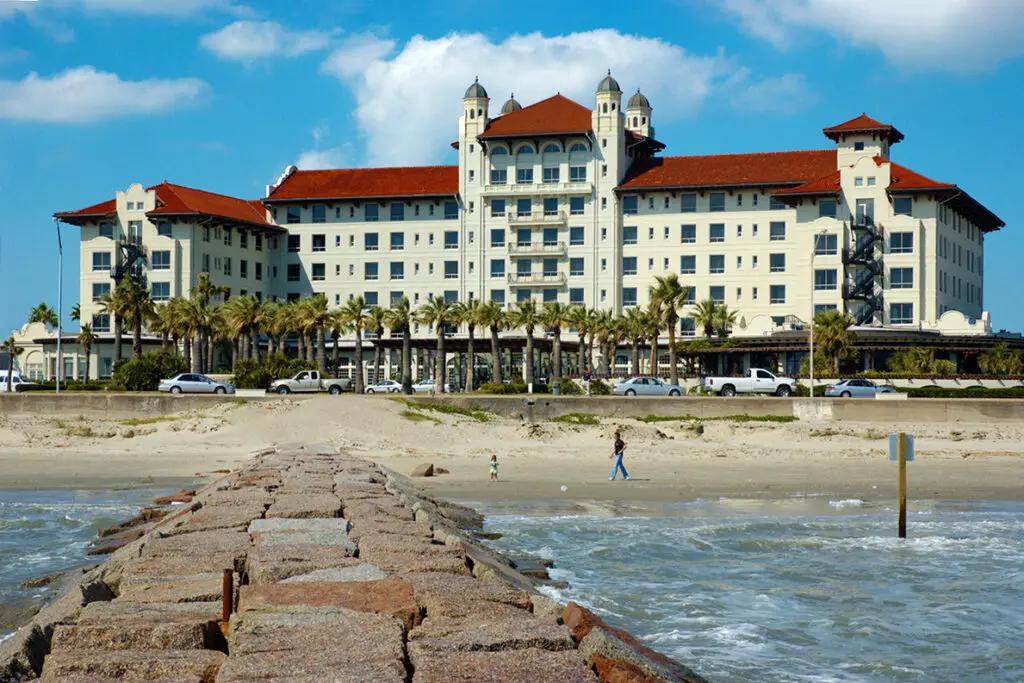
In the mid-20th century, sunny beach resorts were marketed as perfect escapes from everyday life. The brochures featured pristine shores, vibrant sunsets, and endless fun under the sun, giving the impression of a quiet retreat in a sunny paradise. Visitors were promised tranquility and relaxation, along with the chance to enjoy endless outdoor activities by the beach.
Instead, many of these resorts were bustling tourist hubs filled with noisy crowds, commercialized activities, and often, overcrowded beaches. What was advertised as an intimate getaway was, in reality, a packed resort full of tourists fighting for lounge chairs, and the beach was rarely as private as the photos promised. Rather than a peaceful escape, travelers found themselves navigating through constant noise and the hustle of other vacationers, far from the serene experience they had hoped for.
11. The “Whimsical Village” That Was a Themed Resort
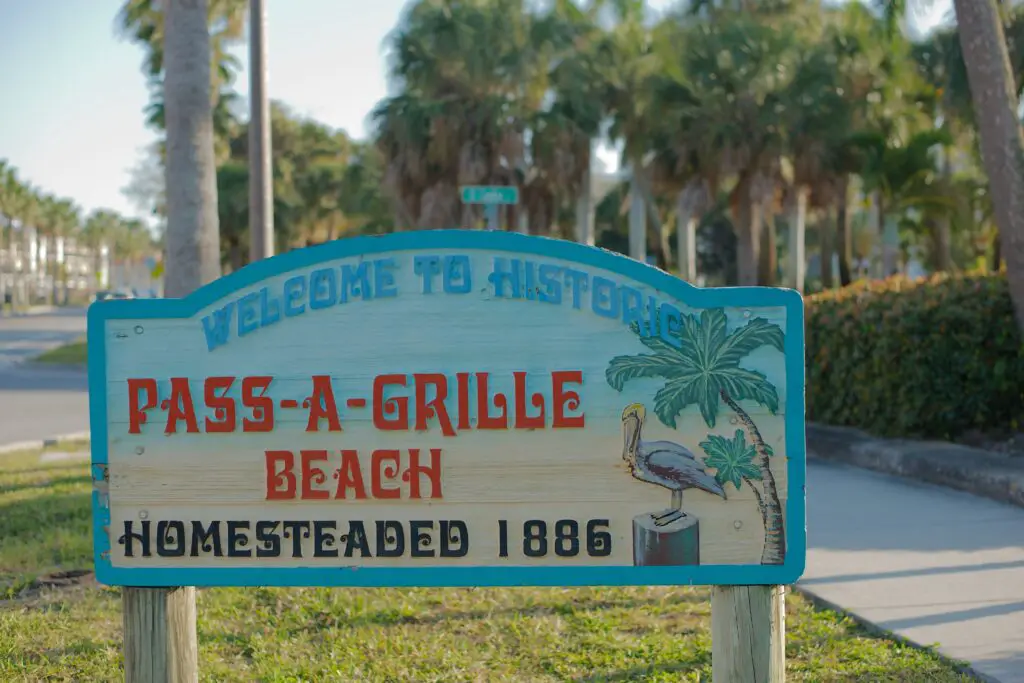
Travel ads from the ’70s often promised whimsical, picturesque villages where visitors could step back in time and experience life in another era. Ads showed cobbled streets, horse-drawn carriages, and smiling villagers working in traditional crafts. The expectation was a return to simpler times, where visitors could escape the modern world and enjoy a slower pace of life.
What travelers didn’t realize was that these “whimsical villages” were actually themed resorts designed to look like a historic town, but in reality, they were just expensive replicas. The streets were lined with tourist shops, and the smiling villagers were actors paid to interact with visitors. What was promised as an authentic historical experience turned out to be a staged production, and instead of stepping back in time, visitors were simply walking through a commercialized set.
12. The “Private Retreat” That Was a Group Tour

Travel ads in the ’60s and ’70s sold the idea of a private, peaceful retreat, offering small, intimate group tours to exotic locations. These tours were advertised as exclusive, with personal guides and one-on-one interactions with locals, promising the kind of experience that would feel custom-tailored to each traveler. The pitch was that tourists would have access to unique, quiet places far from the well-worn paths of mainstream travelers.
However, many of these so-called private retreats turned out to be large, impersonal group tours that followed the same basic itinerary for every traveler. The so-called “exclusive” experiences were shared with dozens of other tourists, all competing for the same spots. Instead of a personalized adventure, visitors found themselves herded through tourist traps, crowded locales, and rushed visits, which were nothing like the intimate escape they had imagined.
13. The “Exotic Spa” That Was a Budget Health Resort
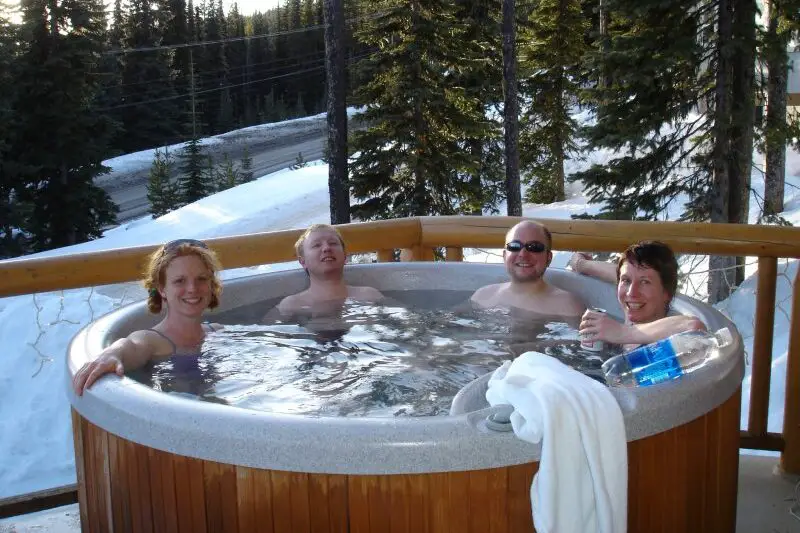
Health and wellness travel ads from the ’80s often promised rejuvenating spa experiences in serene, exotic locations. These ads showcased luxurious spas nestled in lush forests, where travelers could undergo massages, mud baths, and holistic treatments surrounded by nature. The promise was that visitors would leave the spa feeling revitalized, calm, and utterly pampered.
What they found, however, was often far less glamorous. Many of these so-called exotic spas were simply budget health resorts offering basic massages and inexpensive treatments in overcrowded, noisy settings. The peaceful, natural surroundings were often overshadowed by loud tourists and commercialized facilities. Instead of a serene escape, travelers often found themselves paying for treatments in facilities that were more akin to a budget wellness center than the luxurious getaway they had been promised.
14. The “Historic Monument” That Was Actually a Reconstructed Replica
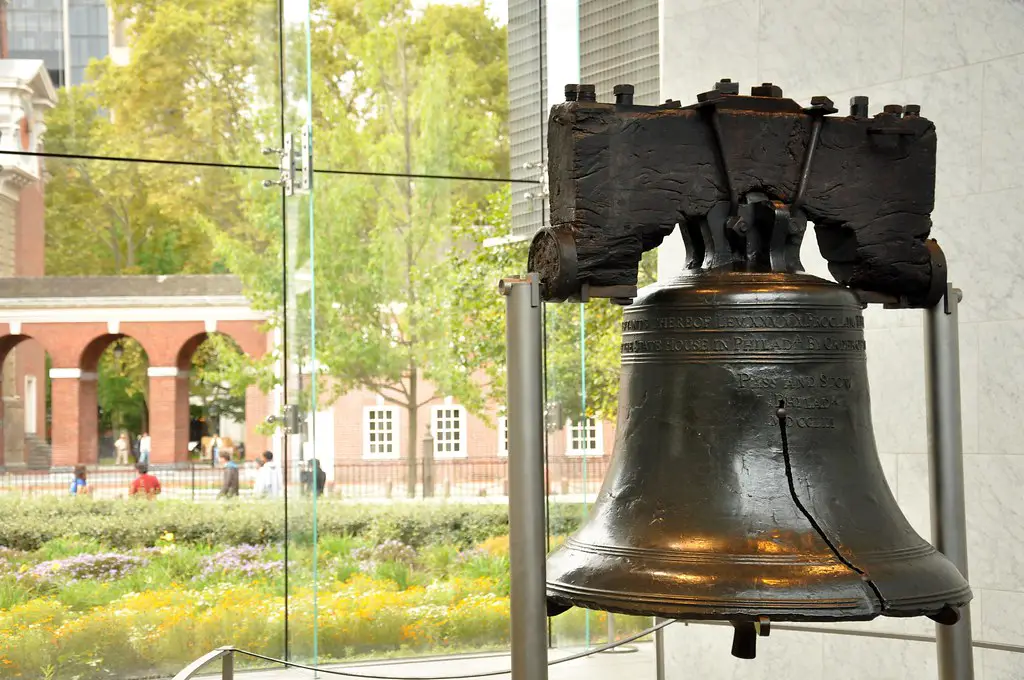
Travel brochures from the ’60s frequently advertised visits to historic monuments and ancient ruins, promising travelers an opportunity to explore the past in a tangible, authentic way. The ads showcased impressive, ancient structures, claiming that tourists would witness history firsthand. The expectation was that visitors would have the chance to stand before monumental pieces of history.
However, many of these so-called historic monuments were actually reconstructed replicas designed to attract tourists. The real ruins had either been destroyed or were too fragile for public visitation. What travelers believed to be ancient landmarks turned out to be replicas built to resemble the original structures, leaving visitors disappointed with the lack of authenticity. These reconstructed sites often lacked the charm and historical significance of the original monuments.
15. The “Romantic Getaway” That Was a Family Resort

Romantic travel ads in the ’70s often promoted destinations as the perfect places for couples to unwind, offering everything from candlelit dinners to private beach walks. The brochures depicted intimate settings designed to foster romance, promising an escape from the everyday with luxury and privacy. Travelers were sold on the idea of quiet, romantic moments, just the two of them in the perfect getaway.
In reality, many of these “romantic” resorts were actually family-friendly destinations, filled with children running around and noise echoing through the halls. Instead of peace and privacy, couples found themselves sharing the resort with large families, making the romantic atmosphere almost nonexistent. The tranquility promised in the ads was replaced by a more chaotic, less intimate vacation, where relaxation was hard to come by.
16. The “Picturesque Town” That Was a Traffic Hotspot
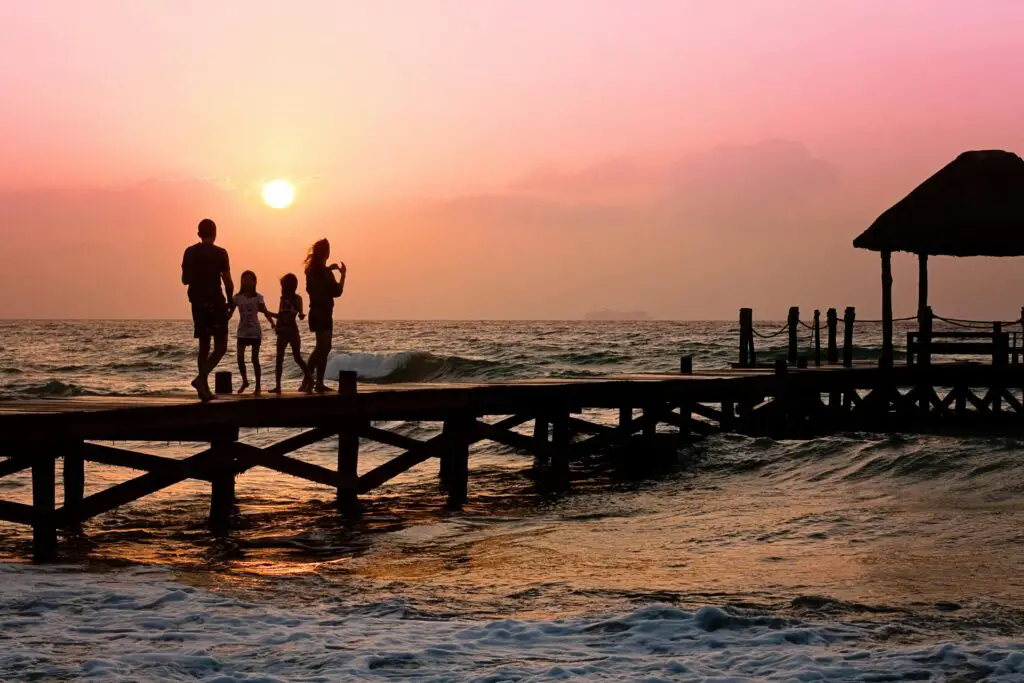
Travel ads in the ’80s often showcased charming towns that appeared to be the epitome of tranquility and beauty. With cobbled streets, flower-filled balconies, and quaint cafes, the town was depicted as a peaceful destination for relaxation and sightseeing. The photos suggested that visitors would enjoy leisurely walks, quiet picnics, and the joy of wandering through a picturesque, untouched town.
However, these “picturesque” towns were often nothing more than heavily congested traffic hotspots, especially during peak tourist seasons. Narrow streets that looked romantic in photos were filled with traffic, and the once-charming cafes were packed with visitors. What was promised as a peaceful, slow-paced town often turned into a frustrating experience, with tourists unable to even walk through the streets without bumping into others or being delayed by endless traffic.
17. The “Exotic Adventure” That Was Actually a Luxury Resort
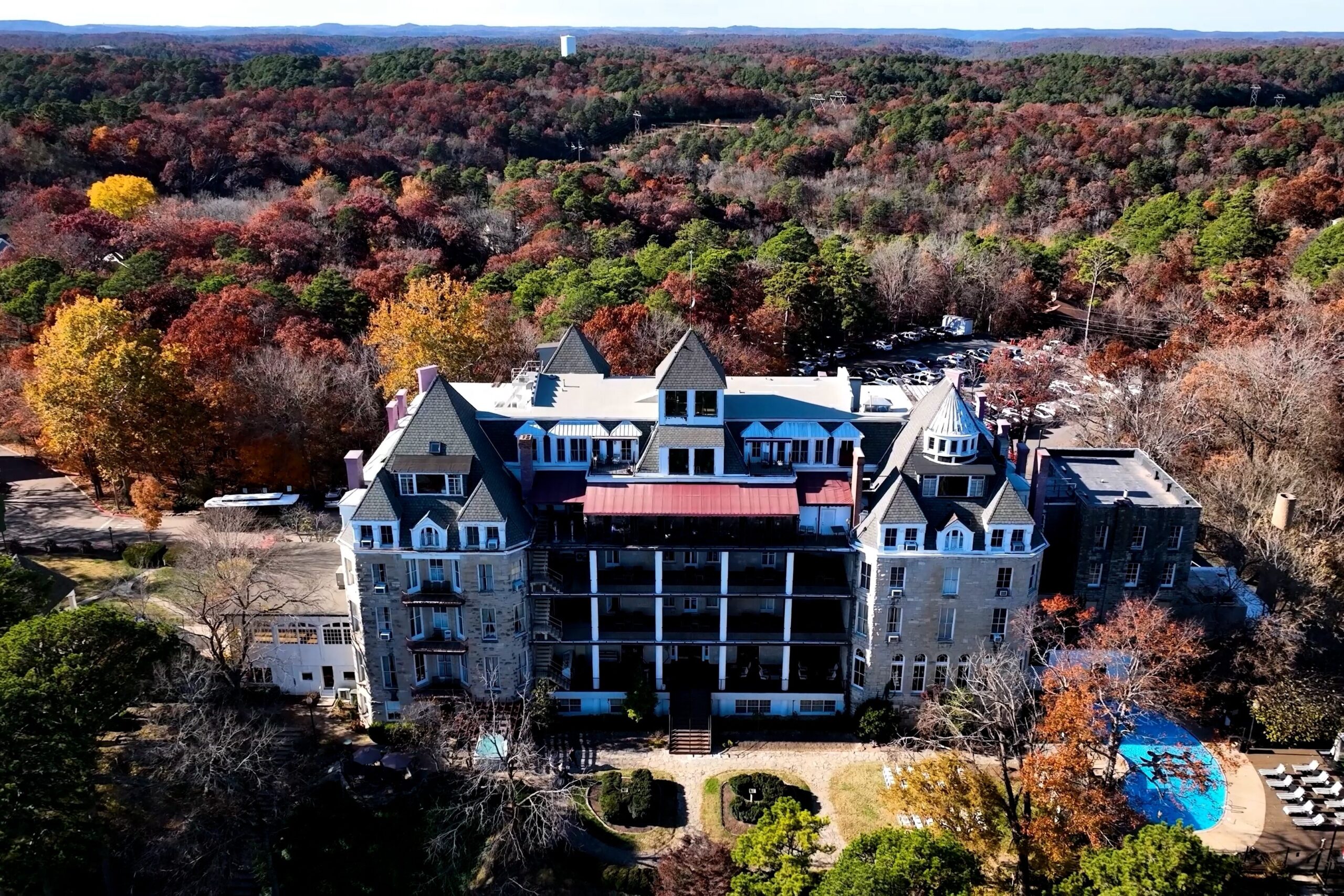
Travel ads promised tourists an exotic adventure in the ’60s and ’70s, suggesting a thrilling journey into far-off lands where they could explore uncharted territories and experience local culture. The ads featured jungles, remote villages, and wildernesses that would challenge even the most seasoned traveler. The idea was to appeal to those seeking a true escape from their daily lives.
In truth, many of these so-called “adventures” were actually all-inclusive, luxury resorts with “adventure” activities designed for tourists who wanted a little thrill without the actual hardship. The exotic locales were often far more developed than the ads let on, and the “adventurous” experiences were little more than guided tours with no real danger or challenge. Travelers expecting to trek through untamed jungles were instead treated to cocktail hours by the pool and organized excursions, leaving them yearning for the true adventure they had imagined.
